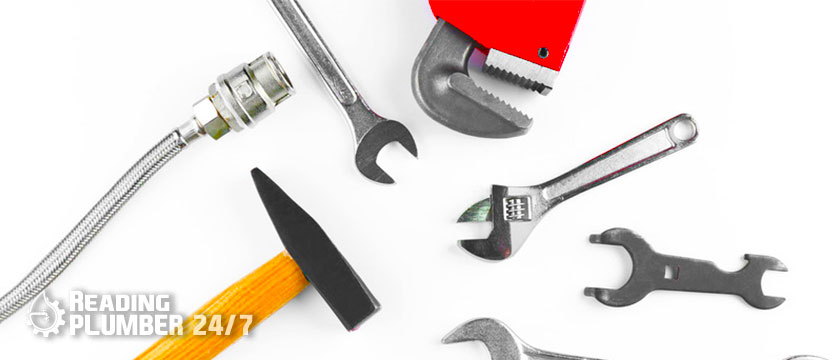
19 Jan. 22
What to Do When Your Toilet Won’t Unclog
We rarely consider toilets unless something goes wrong. When our toilet breaks down or clogs, it can be more than just an inconvenience, especially if we don’t have a plunger. Keep in mind that a severely clogged toilet can completely disrupt your household.
Although clearing a clog is usually as simple as plunging the drain, you may need to use an auger to get through your emergency plumber reading.
Furthermore, some clogs may be so far down the pipe or so difficult to remove that Reading Plumbing Services will be required. Fortunately, these suggestions will assist you in unclogging your toilet.
While this tool may appear simple, it is the most effective method of unclogging a toilet. We recommend that all households have this tool, preferably one with a flange, because they are the most effective at unclogging toilets.
When using this tool, place the plunger in the toilet bowl and gently push it down. The initial push is simply to get rid of the air. Take care not to push too hard, or you may end up splashing dirty water on yourself.
Once you have a good seal, forcefully pump the plunger down and up while maintaining the seal. Finally, sharply pull the tool up while breaking the air seal. You will notice water flowing down the drain. If this does not clear the blockage, repeat the procedure until it does.
Table of Contents
Vinegar and Baking Soda
When your toilet won’t flush and you don’t have a plunger, use non-toxic household cleaning products like vinegar and baking soda. You’re probably aware that vinegar and baking soda can be used to clean a variety of surfaces, act as deodorizers, and help keep our drains running smoothly.
However, if you don’t have a plunger, these household cleaners can be used to unclog a toilet. We recommend that you pour a cup of baking soda into your clogged toilet and wait a few minutes. Next, slowly pour two cups of vinegar into the toilet.
Vinegar and baking soda typically react to form bubbles, so pour carefully and slowly to avoid overflowing or splashing toilet water. Allow the baking soda and vinegar solution to work for a few minutes.
To determine whether the clog has been cleared, flush your toilet. You may need to repeat the procedure until the clog is removed. When your toilet makes a fast suction sound and drains naturally, the clog will be gone.
Dish Soap and Hot Water
While a gallon of hot water is heating up on the stove, pour some dish soap into your toilet. When the water is extremely hot but not boiling, carefully pour it into the toilet. Allow the dish soap and hot water to soften the clog for 10-15 minutes. After that, the toilet will unclog and flush freely. If you want to clean your toilet without leaving your bathroom, you could use hot water and shampoo from the sink.
Bleach for the Home
Household bleach, like soap, aids in waste breakdown. The method is similar to the one used with dish soap. Simply substitute 2-3 cups bleach for the solid or liquid dishwashing soap. Pour one cup of powdered soap after one or two minutes. After 10-15 minutes, flush the toilet. You’ll discover that this method is more effective for a severely clogged toilet.
Hire a Plumber
While this method is simple, it is probably the simplest and most dependable way to unclog a stubborn toilet. The best part about hiring Reading plumbers is that we have everything we need to handle even the most difficult blockages. Furthermore, we’re less expensive than you think, and we’ll be done quickly.
Most of us have dealt with clogged toilets at some point, and while it’s easy to assume a plunger will do the trick, you may not have one on hand at the time. As a result, it’s critical that you use other methods to unclog your toilet. Consider these suggestions if you don’t know where to begin.


